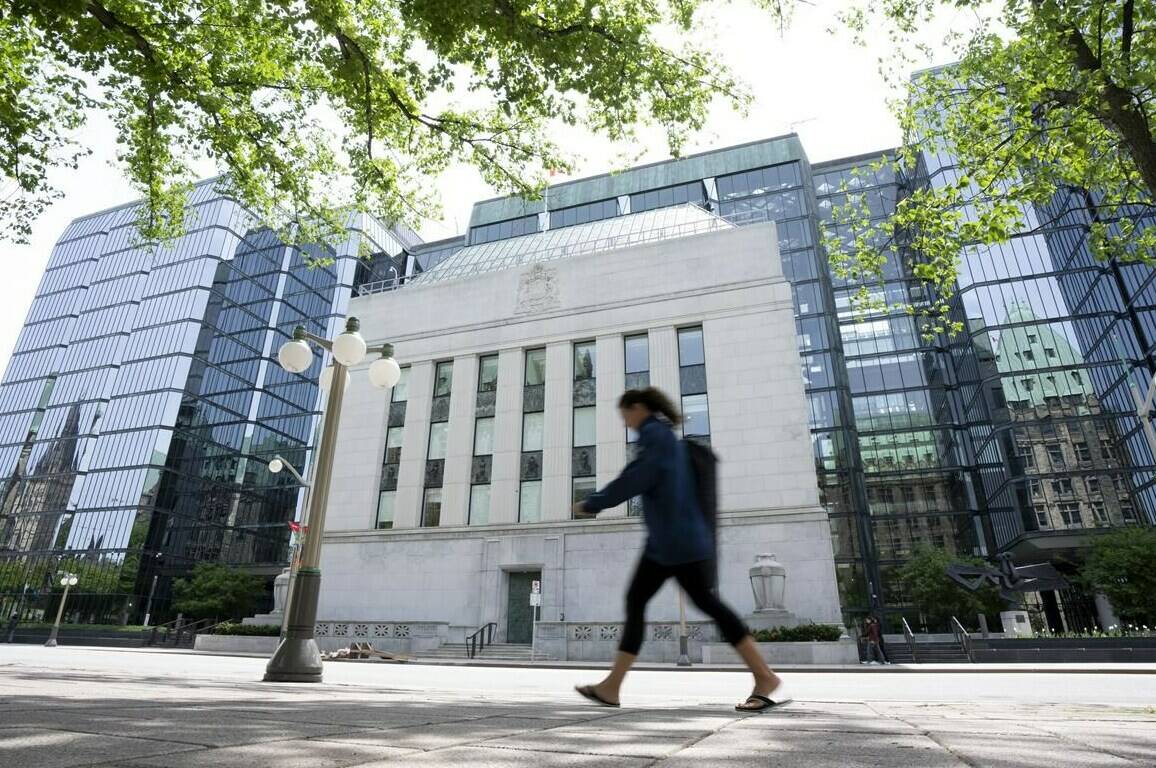The Bank of Canada announced a quarter-percentage point rate hike Wednesday (June 7), the first interest rate increase since January, as high inflation persists.
Its key interest rate now sits at 4.75 per cent, the highest it’s been since 2001.
“Based on the accumulation of evidence, governing council decided to increase the policy interest rate, reflecting our view that monetary policy was not sufficiently restrictive to bring supply and demand into balance and return inflation sustainably to the two per cent target,” the Bank of Canada said in a news release.
It says excess demand in the economy appears to be more persistent than it had anticipated, citing a tight labour market, better-than-expected economic growth in the first quarter as well as “surprisingly strong” consumption growth.
Inflation also came in hotter than expected in April, the central bank said, noting prices for a “broad range” of good and services rose might than anticipated.
The decision to raise interest rates comes after speculation among economists and forecasters that ongoing strength in the Canadian economy would push the central bank to hike rates again.
Looking ahead, the central bank says it will continue to monitor the economy and evolution of inflation, dropping any language it was pausing rate hikes, which has appeared in the text of rate announcements since January.
In January, the Bank of Canada announced it would pause its aggressive rate-hiking cycle that began in March 2022. The central bank appeared cautiously optimistic that interest rates might be high enough to quash inflation, although it stressed that the pause was conditional on inflation falling and the economy softening.
Since then, incoming economic data has continued to surprise forecasters who had anticipated the economy to stall by now. Despite elevated interest rates making borrowing more expensive for consumers and businesses, businesses are still hiring, and consumers continue to spend.
And even as the population grows rapidly, new workers have been absorbed quickly into the labour market, keeping the unemployment rate at five per cent for five consecutive months. That’s just above the all-time low of 4.9 per cent reached last summer.
On the inflation front, price growth has slowed significantly since peaking at 8.1 per cent last year. However, the annual rate ticked up slightly in April to 4.4. per cent, marking the first rise in inflation since the summer.
The central bank says it still expects inflation to fall to about three per cent in the summer, but with core inflation still elevated its concerns about inflation getting stuck above two per cent have increased.
The Canadian Press
READ MORE: Canadian consumers pull back on spending amid high prices, interest rates: Experts

